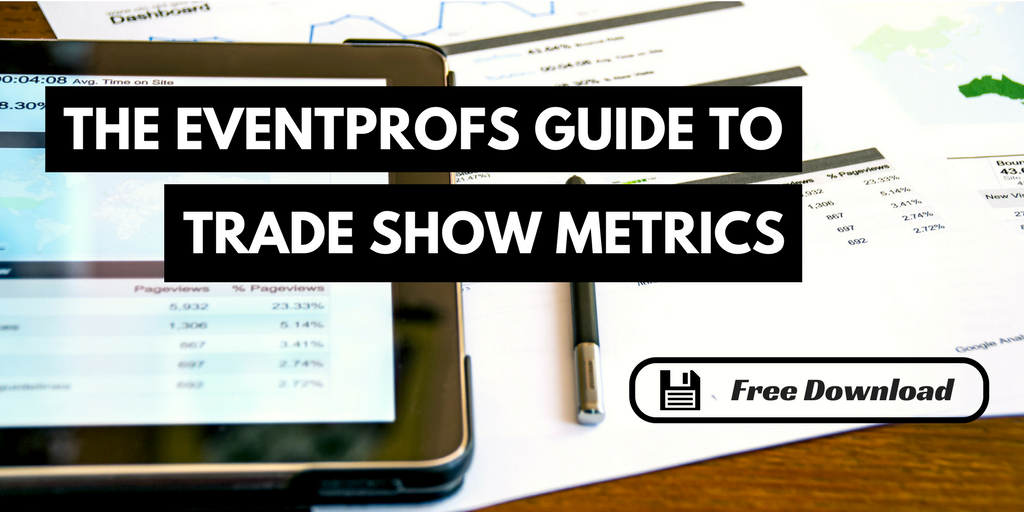To a meeting planner, the events that take place in the meeting rooms are often the ones that decide how effective their trade show campaign is. Attendees spend over one-third of their time in meetings. Attendees value their time above all else and expect it to be put to good use.
If you have read our previous blog, you will understand the essential characteristics that constitute a successful meeting. With that in mind, this blog will take you through some must-know tips to create impactful meetings at events and trade shows.
No surprises
The first rule of creating a productive environment is to tell attendees what to look forward to. Not only does this ensure that they are aware of what they are getting into, but will help them understand the reason they are there. One way of doing this is by building a precise agenda and sticking to it. It should not have more than three objectives and should adhere to a strict timeline. The agenda keeps the discussion relevant and can help you adapt to what the customer wants to talk about. The timeline also ensures that the meeting is short and sweet.
Additionally, lay down the type of meeting format well in advance. This way, your audience can come prepared. The last thing you want is for your audience walking into a product discussion thinking that it is a networking session.
Create the need to collaborate
One of the biggest changes that have been noticed over the last few years is that meetings have become less transactional in nature and have morphed into transformative and collaborative affairs. This is due to the fact that rather than simply looking for a product or service to make their lives easier, attendees now seek a learning experience.
There is nothing wrong with taking the strictly-business route. But for your meeting to stand out, integrate a learning experience and give attendees a way to apply their learning effectively. It can be especially beneficial to focus on a specific problem they are facing and ease them into the conversation about how it can be solved rather than pitching the product/service on the first go.
Get to know your audience
Managing attendee expectations and catering to them is one of the biggest challenges while preparing for meetings. Prospects and customers expect you to do your homework before the meeting. This not only makes it important to plan these interactions carefully, but it can go a long way in pushing them to actively consider the product/service being offered. In order to do this, it is important to understand who your audience is and what they are looking for. Research is key to creating relevant and productive conversations with prospects. You could look up their LinkedIn profiles and Twitter activity to get to know them better and how you can sufficiently address their queries.
Include people that matter
Sure, you have heard this before, but there is so much more that goes into inviting the right people to a meeting. According to a study by CEIR, more than 80% of attendees wield buying authority. This makes it important to have the right decision makers present to make decisions as and when needed. Additionally, having the right SMEs present can help prospects understand details like use cases and personalization. It is also important to note that while inviting prospects to meet with you, having a larger audience complicates the situation drastically. It is always better to have a carefully selected audience of influential personnel.
Careful messaging
Needless to say, a brand’s messaging needs to be thought through very carefully. Everything from what your slide contains to how your pitch is structured can determine how your meeting attendees will perceive your brand. This makes it important to keep it standard and uniform across channels. Any contradiction can cause you to lose credibility and can further cause confusion in the minds of your attendees. This further makes it important to brief your team sufficiently before a meeting to ensure that everyone is on the same page.
Damage control
Irrespective of how new/old you are in the event industry, you should know that Murphy’s Law holds strong when it comes to organizing meetings. This is why it is vital to stay prepared in case things go wrong.
Practice professional responsibility and honesty. If you do not know an answer to a query, be responsible enough to own up to it. Beating around the bush or sweeping it under the carpet might hamper the progress of the deal. You can always get back to it at a later point.
The tips discussed above are just a few practices that could help keep your meetings precise and productive. Feel free to implement these tips at your next event and let us know if we’ve missed something in the comments section.
Like what you see? Check out the Complete Guide to Trade Show Metrics. Download your free copy by clicking on the button below.



